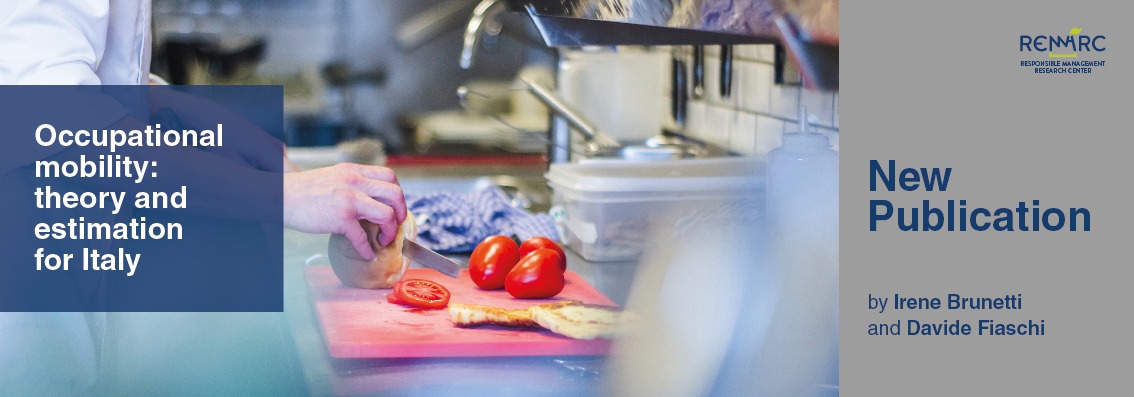New Publication: Occupational mobility: theory and estimation for Italy

Irene Brunetti and Davide Fiaschi have published their article “Occupational mobility: theory and estimation for Italy” in The Journal of Economic Inequality.
Abstract
This paper presents a model considering intergenerational occupational mobility as the joint outcome of three main determinants: income incentives, equality of opportunity and changes in the composition of occupations. The model, rationalising the use of transition matrices to measure occupational mobility, allows for identifying asymmetric mobility patterns and constructing a specific mobility index for each determinant. The empirical application of our model to Italy suggests that intergenerational mobility increased from the cohort of children born in the period 1940-1951 to the one born in the period 1952-1965, then to remain at the same level for the cohort of children born in the period 1966-1977. This steady mobility, however, hides i) lower structural mobility, caused by a declining trend in the composition of occupations in favour of upper-middle classes; ii) less upward mobility for those whose fathers were in the lower class; and iii) higher downward mobility from upper-middle classes, both caused by a decrease in the income incentives. Equality of opportunity is low and constant for those born after 1951.



